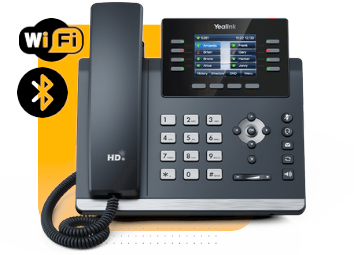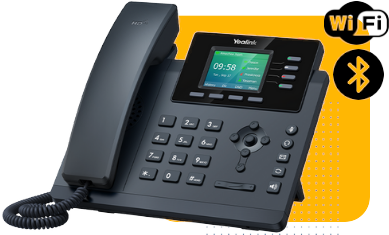A VoIP (Voice over Internet Protocol) phone is a modern alternative to traditional landline phones. Instead of sending your voice through physical telephone wires, VoIP converts your voice into digital data and transmits it over the internet. This allows users to make and receive calls using a computer, smartphone, or a VoIP enabled desk phone connected via Wi-Fi or Ethernet.
The key difference between VoIP and analog phones lies in how the call is delivered. Traditional phones rely on the Public Switched Telephone Network (PSTN), which uses dedicated copper wiring and infrastructure. VoIP, on the other hand, uses your existing internet connection. This leads to a variety of advantages: VoIP typically costs less, especially for long distance or international calls, and offers advanced features like call forwarding, voicemail to email, video conferencing, and integrations with apps like Slack or Zoom.
For individuals or businesses looking for flexibility and cost savings, VoIP is a strong choice. It’s scalable, easy to use remotely, and no longer tied to a physical location like traditional phones. While VoIP does depend on a stable internet connection and power source, the benefits, especially for mobile or hybrid work environments, are often well worth the trade off.






